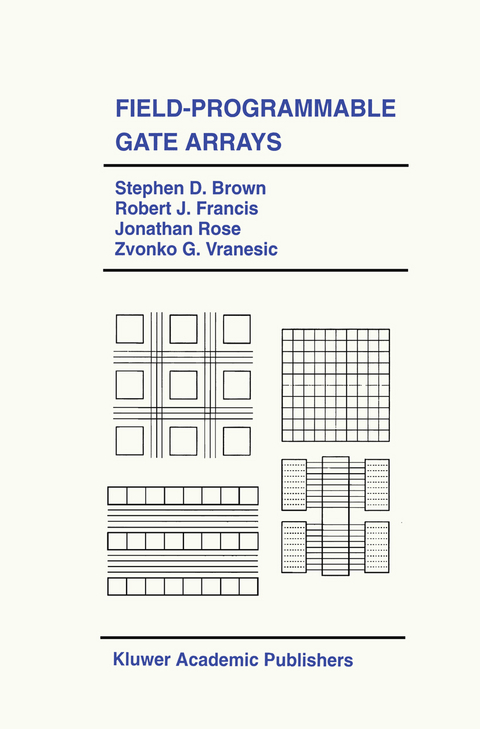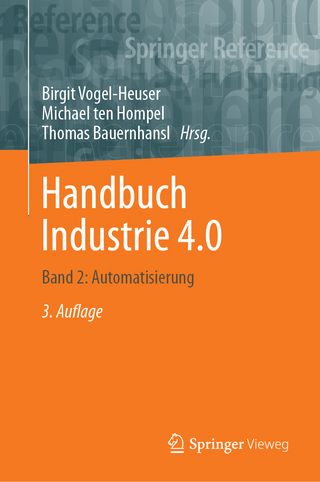
Field-Programmable Gate Arrays
Springer-Verlag New York Inc.
978-1-4613-6587-7 (ISBN)
Field-Programmable Gate Arrays discusses the most important aspects of FPGAs in a textbook manner. It provides the reader with a focused view of the key issues, using a consistent notation and style of presentation. It provides detailed descriptions of commercially available FPGAs and an in-depth treatment of the FPGA architecture and CAD issues that are the subjects of current research.
The material presented is of interest to a variety of readers, including those who are not familiar with FPGA technology, but wish to be introduced to it, as well as those who already have an understanding of FPGAs, but who are interested in learning about the research directions that are of current interest.
Preface.- 1 Introduction to FPGAs.- 1.1 Evolution of Programmable Devices.- 1.2 What is an FPGA?.- 1.3 Economics of FPGAs.- 1.4 Applications of FPGAs.- 1.5 Implementation Process.- 1.6 Concluding Remarks.- 2 Commercially Available FPGAs.- 2.1 Programming Technologies.- 2.2 Commercially Available FPGAs.- 2.3 FPGA Design Flow Example.- 2.4 Concluding Remarks.- 3 Technology Mapping for FPGAs.- 3.1 Logic Synthesis.- 3.2 Lookup Table Technology Mapping.- 3.3 Multiplexer Technology Mapping.- 3.4 Final Remarks.- 4 Logic Block Architecture.- 4.1 Logic Block Functionality versus Area-Efficiency.- 4.2 Impact of Logic Block Functionality on FPGA Performance.- 4.3 Final Remarks and Future Issues.- 5 Routing for FPGAs.- 5.1 Routing Terminology.- 5.2 General Strategy for Routing in FPGAs.- 5.3 Routing for Row-Based FPGAs.- 5.4 Routing for Symmetrical FPGAs.- 6 Flexibility of FPGA Routing Architectures.- 6.1 FPGA Architectural Assumptions.- 6.2 Experimental Procedure.- 6.3 Limitations of the Study.- 6.4 Experimental Results.- 6.5 Conclusions.- 7 A Theoretical Model for FPGA Routing.- 7.1 Architectural Assumptions for the FPGA.- 7.2 Overview of the Stochastic Model.- 7.3 Previous Research for Predicting Channel Densities.- 7.4 The Probability of Successfully Routing a Connection.- 7.5 Using the Stochastic Model to Predict Routability.- 7.6 Final Remarks.- References.
| Erscheint lt. Verlag | 27.9.2012 |
|---|---|
| Reihe/Serie | The Springer International Series in Engineering and Computer Science ; 180 |
| Zusatzinfo | XVII, 206 p. |
| Verlagsort | New York, NY |
| Sprache | englisch |
| Maße | 155 x 235 mm |
| Themenwelt | Mathematik / Informatik ► Informatik ► Theorie / Studium |
| Informatik ► Weitere Themen ► CAD-Programme | |
| Technik ► Elektrotechnik / Energietechnik | |
| ISBN-10 | 1-4613-6587-2 / 1461365872 |
| ISBN-13 | 978-1-4613-6587-7 / 9781461365877 |
| Zustand | Neuware |
| Informationen gemäß Produktsicherheitsverordnung (GPSR) | |
| Haben Sie eine Frage zum Produkt? |
aus dem Bereich


